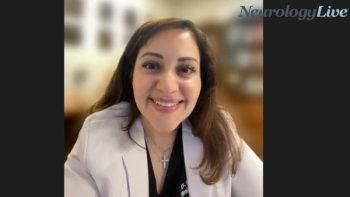
The medical director for the Center for Brain injuries at Hackensack Meridian Health provided recommendations for clinicians to consider in the rehabilitation of women with TBI. [WATCH TIME: 6 minutes]

The medical director for the Center for Brain injuries at Hackensack Meridian Health provided recommendations for clinicians to consider in the rehabilitation of women with TBI. [WATCH TIME: 6 minutes]
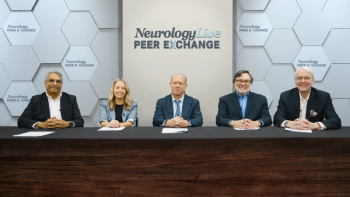
Panelists discuss how physicians typically consider advanced Parkinson disease treatments when conventional therapies fail to adequately control motor fluctuations, highlighting challenges such as adverse effects, device-related complications, and patient selection criteria.
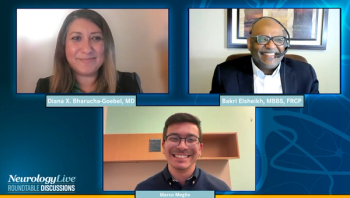
In episode 1, panelists explore the evolving SMA treatment landscape, highlighting updated best practices shaped by new therapies, newborn screening, and international expert consensus.
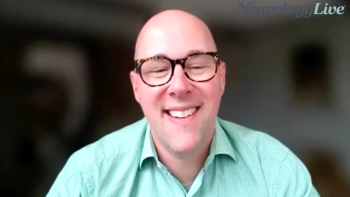
The professor of neurology at the University of Buffalo talked about the clinical promise of nipocalimab and its role in broadening treatment options for patients with myasthenia gravis, including adolescents. [WATCH TIME: 4 minutes]
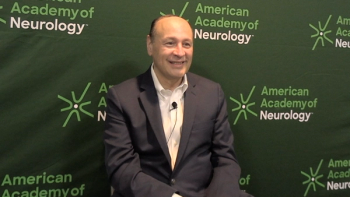
Pagan offered advice on how clinicians can effectively discuss treatment and care plans with patients, especially as new treatments continue to emerge.
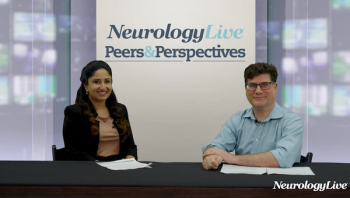
Panelists discuss how managing ARIA risk in patients receiving lecanemab or donanemab requires structured MRI monitoring, multidisciplinary coordination, and patient education to ensure safe treatment while maximizing the benefits of amyloid-lowering therapies in early Alzheimer disease.

Panelists discuss how clinical experience with lecanemab in early Alzheimer disease shows meaningful slowing of cognitive and functional decline, with observed benefits to quality of life, caregiver confidence, and daily independence—highlighting the importance of early diagnosis, biomarker confirmation, and careful patient selection.
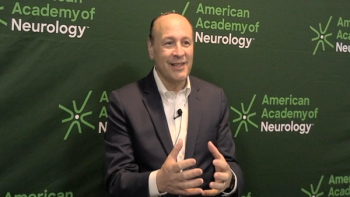
Pagan discussed unexpected findings from the InfusON study patient interviews that could influence how neurologists introduce CSAI therapy and how these insights, along with the latest data on MAO-B inhibitors, could shape future treatment combinations for Parkinson disease.
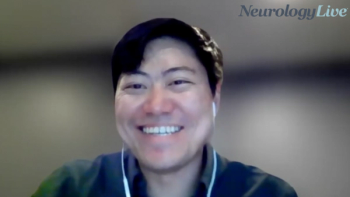
The research portfolio director at the Muscular Dystrophy Association talked about recent advances in ALS research highlight the promise of gene-targeted treatments and the increasing utility of biomarkers for diagnosis. [WATCH TIME: 3 minutes]
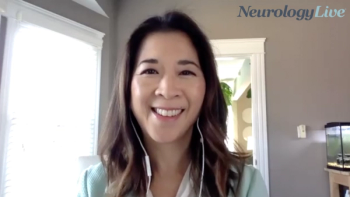
A physician assistant specializing in Parkinson disease talked about how emerging technologies and proactive care models could transform the treatment landscape for Parkinson disease. [WATCH TIME: 4 minutes]
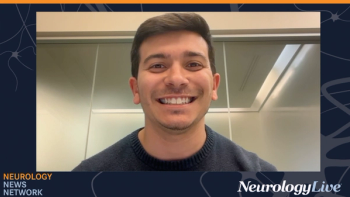
Neurology News Network. for the week ending May 3, 2025. [WATCH TIME: 3 minutes]

In this segment, Pagan discussed the benefits of using AI in research and clinical practice, while also highlighting key considerations and cautions for clinicians.
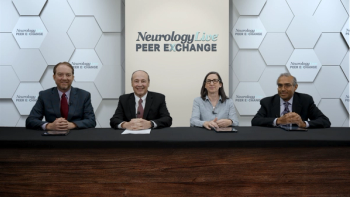
Panelists discuss how continuous subcutaneous delivery systems benefit patients compared to standard care, with focus on foscarbidopa/foslevodopa as the first FDA-approved 24-hour infusion treatment for Parkinson motor symptoms.

In this segment, Pagan shared strategies to enhance patient adherence and comfort with long-term CSAI use, and offered his perspective on the evolving role of CSAI in managing complex motor fluctuations in Parkinson disease.

Panelists discuss how pharmacokinetic challenges with oral levodopa formulations have led to the development of levodopa-based continuous subcutaneous infusion therapy as a less invasive and more personalized approach.

A panelist discusses how standard antiseizure therapies control seizures in most patients, but the persistent challenge of breakthrough and drug-resistant epilepsy underscores the critical role of timely rescue medication use to prevent complications and empower proactive at-home management.
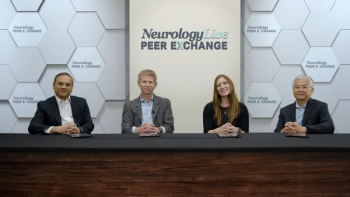
Panelists discuss how the FDA approval of efgartigimod, based on the positive results from the phase 2 ADHERE trial, provides a new therapeutic option for patients with chronic inflammatory demyelinating polyneuropathy (CIDP), demonstrating significant improvements in disability scores and a manageable safety profile.

Panelists discuss how transitioning stable patients with chronic inflammatory demyelinating polyneuropathy (CIDP) from intravenous immunoglobulin (IVIg) to subcutaneous immunoglobulin (SCIg) can offer greater convenience and independence, with careful consideration of dosing, patient education, and ongoing monitoring to ensure successful treatment outcomes.

Panelists discuss how physicians approach conversations about off time with patients with Parkinson disease, balancing clinical assessment with patient education and shared decision-making.

Panelists discuss how understanding and communication of off episodes for patients with Parkinson disease varies widely in clinical settings, often hindering optimal symptom management.
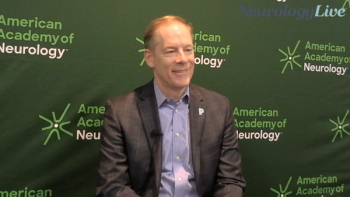
The chief scientific officer of the Parkinson’s Foundation talked about how broad genetic testing through PD GENEration is uncovering valuable prognostic and diagnostic insights in Parkinson disease. [WATCH TIME: 4 minutes]
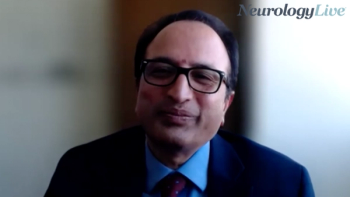
The division chief of neurology at Nemours Children’s Hospital discussed evolving surgical techniques, neuromodulation therapies, and precision medicine approaches for complex epilepsy cases. [WATCH TIME: 5 minutes}
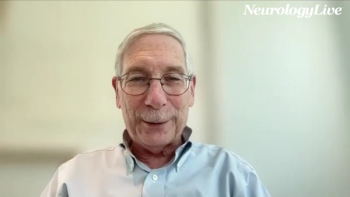
The professor of neurology at the Geisel School of Medicine at Dartmouth discussed the clinical rollout of CT-132, a newly FDA-approved digital therapeutic for migraine, and the educational needs facing the neurology community. [WATCH TIME: 4 minutes]

Pagan offered advice to early-career neurologists on how to stay current in the rapidly evolving field, emphasizing the importance of attending meetings and continuing education.

Pagan talked about discussed pharmacokinetic-pharmacodynamic data supporting the use of amantadine ER for dyskinesia in Parkinson disease and compared the safety profiles of rasagiline and safinamide to guide add-on therapy decisions.
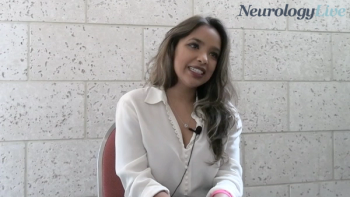
The founder and executive director of the Sumaira Foundation emphasized the critical role of lifestyle factors such as sleep, exercise, and nutrition for maintaining brain health in patients with NMOSD. [WATCH TIME: 3 minutes]
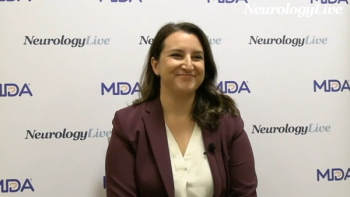
The chief scientific officer at Precision Biosciences provided clinical insights on the durable potential of ARCUS gene editing and the company’s next steps toward in-human trials for Duchenne muscular dystrophy. [WATCH TIME: 4 minutes]
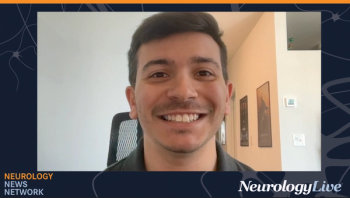
Neurology News Network. for the week ending April 26, 2025. [WATCH TIME: 3 minutes]
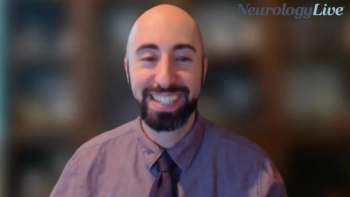
The neuromuscular neurologist at Nemours Children's Hospital in Florida talked about the increasing role of genomic medicine in neuromuscular disorders. [WATCH TIME: 4 minutes]

A panelist discusses how early recognition and intervention in prolonged seizures and status epilepticus are essential to prevent neuronal injury, reduce long-term complications, and improve overall quality of life for patients.